All About Largemouth Bass: A Comprehensive Guide for Anglers
If you're anything like me, the thrill of spotting, learning about, and catching a largemouth bass never gets old. This guide dives deep into what makes this fish so special. I'll walk you through identifying largemouth bass, from their distinctive markings to what sets them apart from smallmouth bass.
We'll explore their habitat preferences, favorite food, and key behaviors, including fascinating insights into their spawning behavior and seasonal habits. Whether you're curious about where to find them, how they feed, or what water temperatures they love, this guide has you covered. If you're just starting out or looking to refine your fishing game, let's learn together!
Largemouth Bass “Micropterus salmoides”
Introducing the Largemouth Bass, or as scientists call it, Micropterus salmoides. This fascinating creature has a host of other names, including 'black bass', 'green trout', 'bigmouth bass', and 'lineside bass'. This fish's popularity is unrivaled in the United States, where it reigns supreme as the most sought-after gamefish. It's not just its size that makes it an attractive catch; its challenging nature also adds to the thrill of the chase for anglers. In recent years, largemouth bass fishing has shifted from a casual hobby to a competitive sport, with fishing tournaments drawing huge crowds nationwide. These competitions attract both seasoned professionals and budding enthusiasts who are keen to test their skills against this formidable fish. So, whether you're a veteran angler or a beginner looking to make your first big catch, the largemouth bass promises an unforgettable fishing adventure.
The Largemouth Bass: A Comprehensive Guide
What are the distinguishing markings on a Largemouth bass?
The Largemouth Bass, also known scientifically as Micropterus salmoides, is a species that is easily identifiable by its unique markings. The body of this fish varies in color from olive-green to greenish-gray, with a series of dark, sometimes almost black blotches that form an irregular horizontal band along its flanks. One of its most distinctive features, which gives the fish its name, is its large mouth. When closed, the lower jaw extends beyond the back margin of the eye, distinguishing it from other similar species. The belly of the largemouth bass is often a pale yellow to creamy white, providing a beautiful contrast to the darker tones of its upper body.
Fun fact: "With the exception of humans, adult largemouth bass hold the position of apex predators in the aquatic ecosystem."
What size do Largemouth Bass reach?
When it comes to size, the largemouth bass is indeed a formidable contender amongst freshwater gamefish. On average, this species tends to measure between 13 to 20 inches in length. However, under favorable conditions, certain individuals have been known to attain lengths of up to 29.5 inches. As for weight, most largemouth bass range between 1-2 pounds. But, much like their length, given ideal circumstances, they can achieve weights exceeding 20 pounds. These impressive dimensions contribute to the thrill and challenge that many anglers associate with catching a largemouth bass.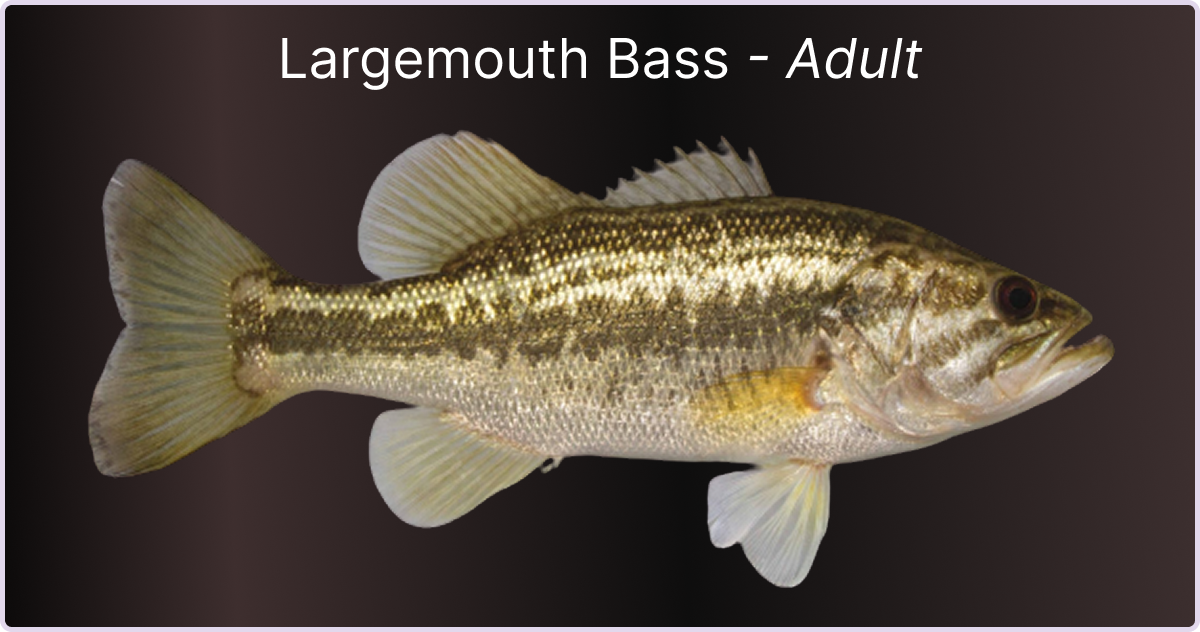
Where are Largemouth Bass Distributed?
The largemouth bass boasts an extensive distribution across the United States, given that it's native to North America. This species populates nearly every state and has even been introduced into various countries worldwide. Its ability to adapt to a broad range of water conditions has significantly influenced its widespread presence.
What is the habitat of a Largemouth Bass?
Largemouth bass are quite particular when it comes to their preferred habitats. They favor warmer, shallow waters teeming with ample vegetation. You'll commonly find them inhabiting lakes, ponds, rivers, and reservoirs. They seek out areas abundant with submerged structures like logs, weed beds, or even man-made structures. These features offer them cover from potential predators and prime hunting grounds for their next meal.
What Food do Largemouth bass eat?
Largemouth bass are not picky eaters. They maintain a diverse diet that evolves as they grow. Young bass feed on tiny animals known as zooplankton and insects. As they mature, their diet shifts to primarily include smaller fish species. However, their culinary preferences are not limited to aquatic life alone. Largemouth bass have been known to consume crayfish, frogs, and even small aquatic birds or mammals when given the opportunity.
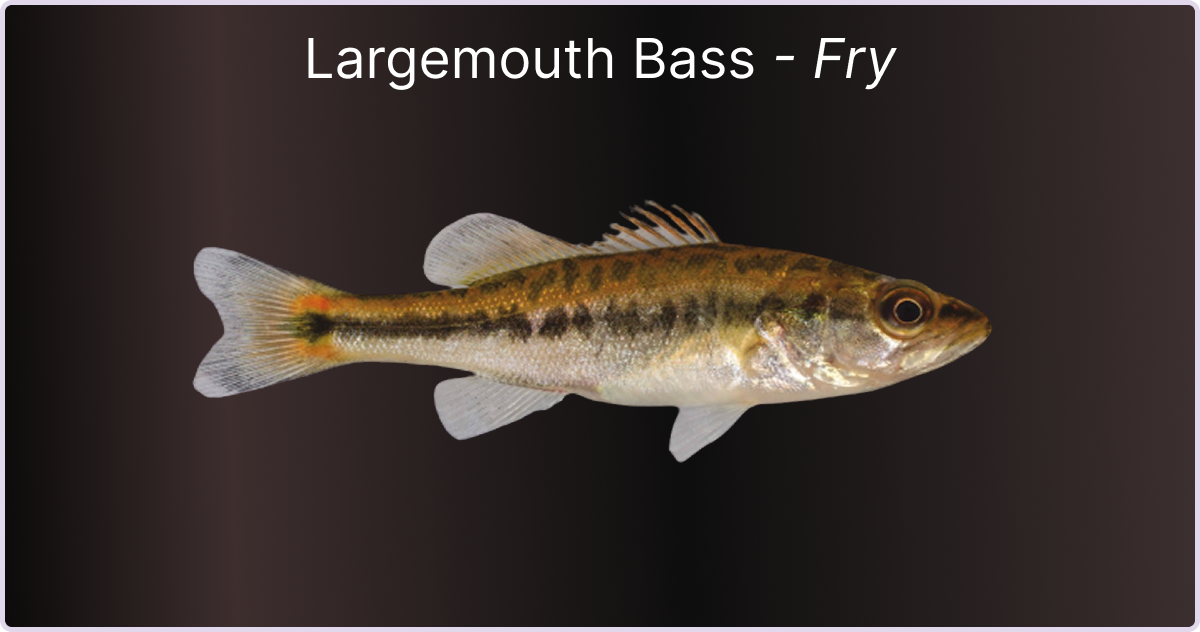
When is spawning season for Largemouth Bass?
The life cycle of Largemouth Bass is a captivating narrative that unfolds with a series of behaviors and stages, shaping these iconic freshwater fish into the formidable creatures they are known to be. Spawning season, spanning from late April to early July, marks the beginning of this cycle, with variations in timing between northern and southern populations.
Male Largemouth Bass exhibit remarkable dedication during spawning, meticulously selecting nest sites with specific temperature requirements for successful egg laying. The nest-building process involves creating intricate basins using sand or gravel bottoms, showcasing unique behaviors distinct from other sunfish species.
As females approach the nest for fertilization, a choreographed courtship dance ensues, culminating in the release of pale yellow eggs fertilized by the male's milt. The nests, carefully guarded by males, contain approximately 5,000 eggs each, ensuring the continuation of the bass population.
Once hatched, fry remain under the watchful eye of the male, forming swarms for protection and feeding. These young bass gradually join schools as they reach fingerling size, accompanied by adult males to shield them from predators until they are ready to venture out on their own.
Predation poses challenges at various life stages, influencing the schooling tendencies of Largemouth Bass as they age. While young adults hunt in small schools for safety, older fish often prefer solitary pursuits, adapting their behaviors to survive in diverse aquatic environments.
Fun fact: "The oldest recorded Largemouth Bass is 23 years old."
The growth trajectory of Largemouth Bass is marked by rapid length expansion in the initial years, leading to maturity at an average length of 10-12 inches within three to four years. Gender differences in lifespan reveal interesting patterns, with females living longer than males and regional variances impacting overall longevity.
Understanding the nuances of Largemouth Bass life cycle provides valuable insights into their development, behavior, and survival strategies in the dynamic ecosystem they inhabit. From spawning rituals to growth patterns and social dynamics, these magnificent fish navigate through a complex journey, exemplifying the resilience and adaptability of nature's aquatic wonders.
Reeling in History: The Kings of Largemouth Bass

The largemouth bass world record has a legacy as big as the fish itself. Weighing in at a whopping 22 pounds, 4 ounces, this impressive catch was landed by George Perry on June 2, 1932, in Montgomery Lake, Georgia.
Over time, this iconic record has inspired countless anglers to chase their own giant catch. Remarkably, the record was later tied when Manabu Kurita reeled in a 22.5-pound largemouth bass in Japan’s Lake Biwa. These awe-inspiring milestones stand as testaments to the enduring thrill of fishing and the remarkable fish that fuel every angler’s dreams.
Manabu Kurita made history by tying the world record for largemouth bass with a 22.5-pound catch at Lake Biwa, Japan, using a live bluegill as bait. The high-spirited fish fought for three minutes before Kurita successfully landed it.
He expressed amazement at its size and immediately notified Deps staff, who supported him through the IGFA certification process, including a lie detector test. Kurita credits innovative gear like Roman Made’s Mother swimbait and emphasizes the importance of adapting baits for trophy-sized bass. Aspiring trophy hunters are urged to remain driven, with Kurita himself aiming to surpass this monumental record.
How Understanding Largemouth Bass Enhances Your Fishing Success
As I wrap up this guide, one thing stands out to me—understanding is everything when it comes to landing a largemouth bass. By taking the time to really focus on identifying largemouth bass, their habitat, and their behaviors, like feeding patterns and spawning habits, you'll be setting yourself up for success. From learning the key behaviors of largemouth bass during spawning to figuring out the best places to find them, every detail adds to your approach. Whether you're fine-tuning your skills or just starting, remember that the more you know about this incredible species, the closer you'll get to reeling in your dream catch!
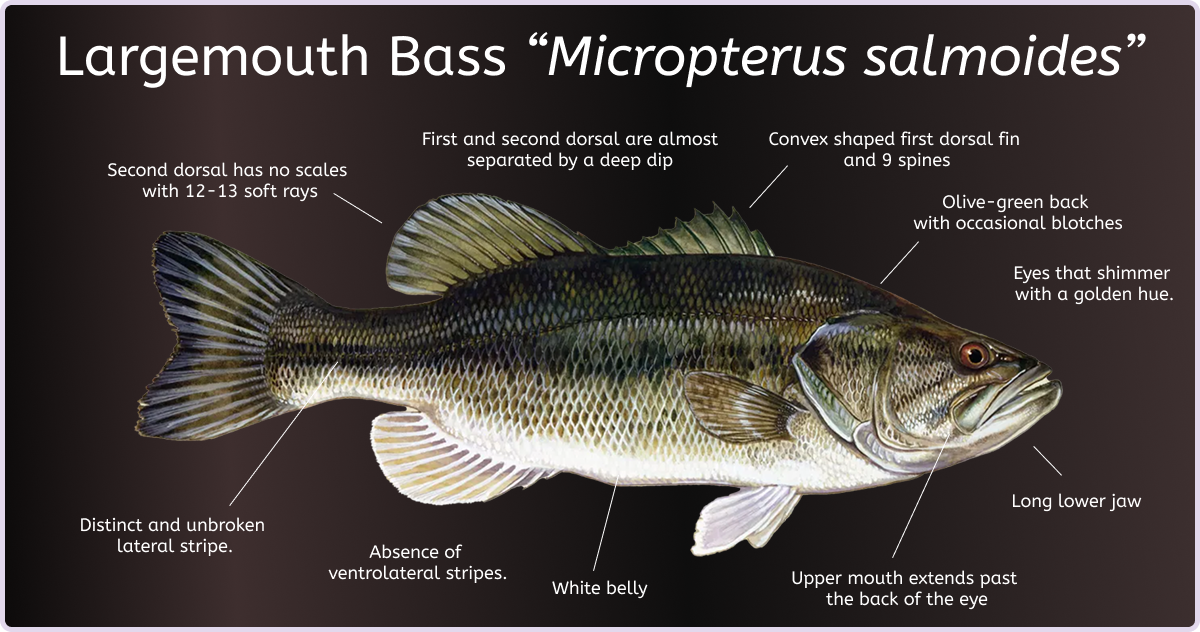







.png)


 1.png)
 1.png)





.png)

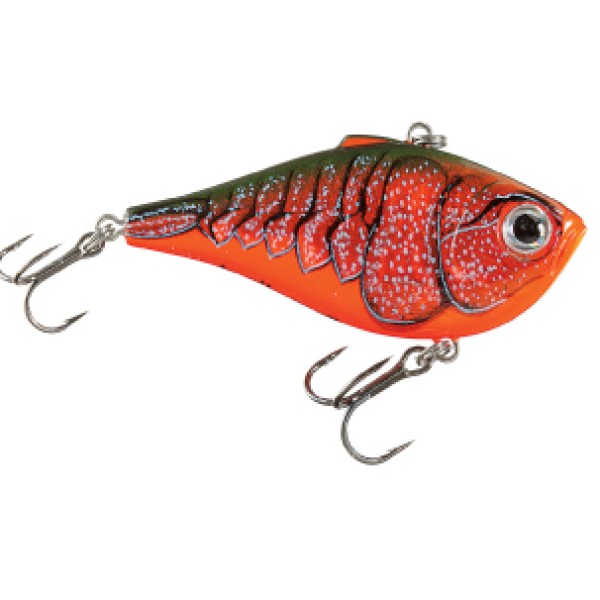
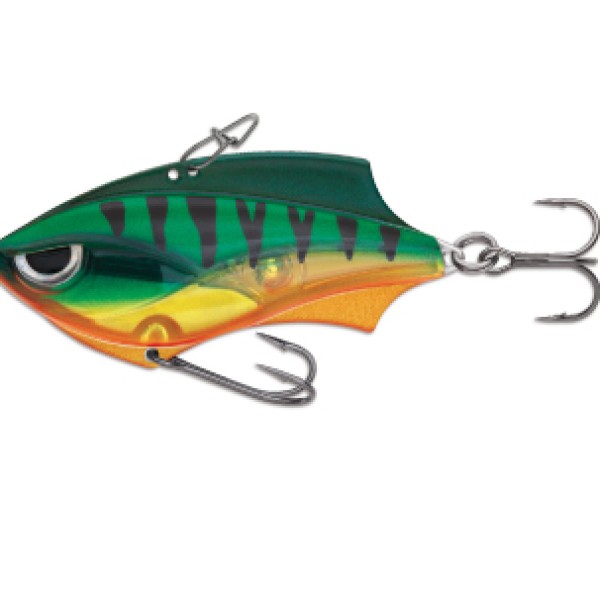
 Newsletter
Newsletter

